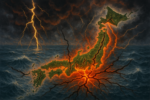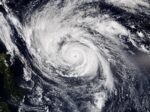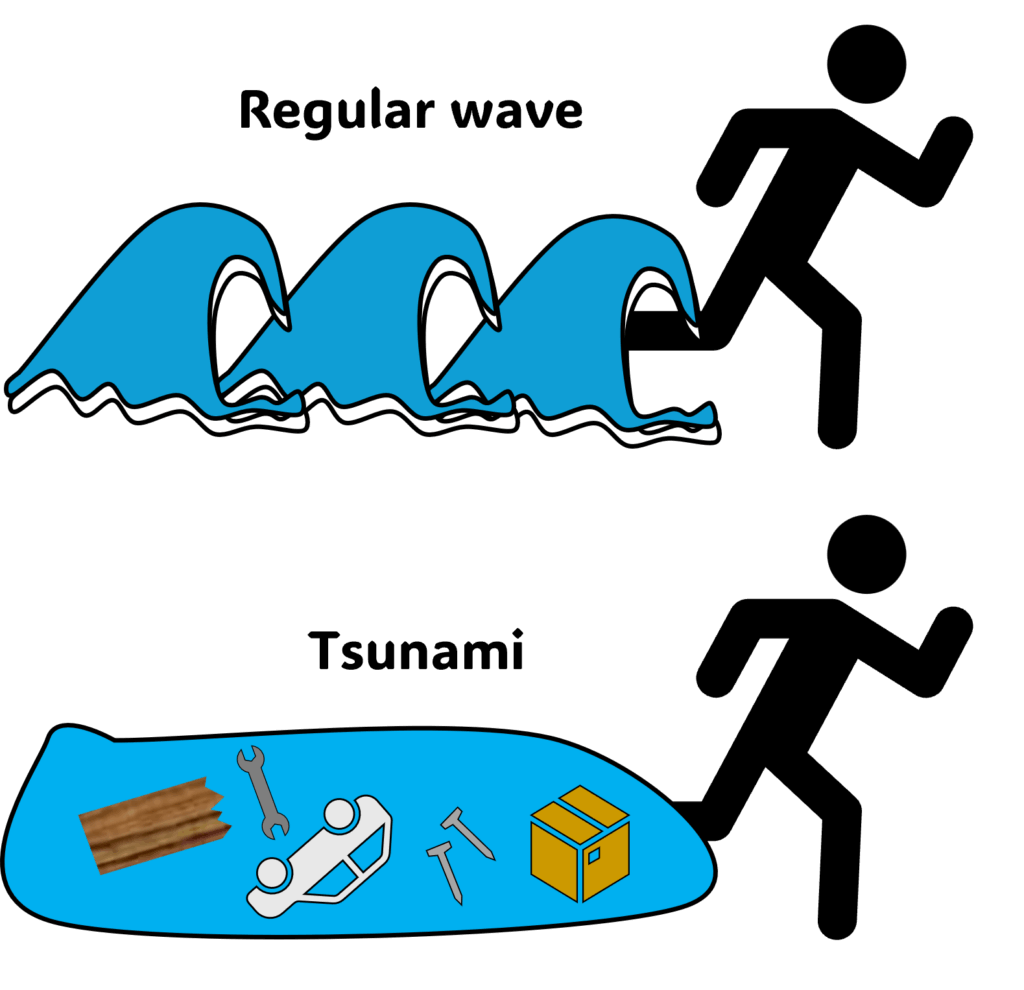
Japan, a country surrounded by the ocean, constantly faces the threat of tsunamis. But what exactly is a tsunami? How is it different from a regular wave? How soon after an earthquake does a tsunami strike? And is a 1-meter-high tsunami really that dangerous?
This article explains the basic knowledge of tsunamis so that you can stay safe during your travels in Japan.
Table of Contents
- What Makes a Tsunami Different from a Regular Wave?
- Tsunami Speed: As Fast as a Jet Plane
- How Soon Do Tsunamis Arrive After an Earthquake?
- Why Even a 30 cm Tsunami Can Be Deadly
1. What Makes a Tsunami Different from a Regular Wave?
Regular waves and tsunamis are completely different phenomena with drastically different levels of destructive power.
Regular waves are surface-level movements caused by wind and other atmospheric factors. They create repeating wave crests that move across the ocean’s surface.
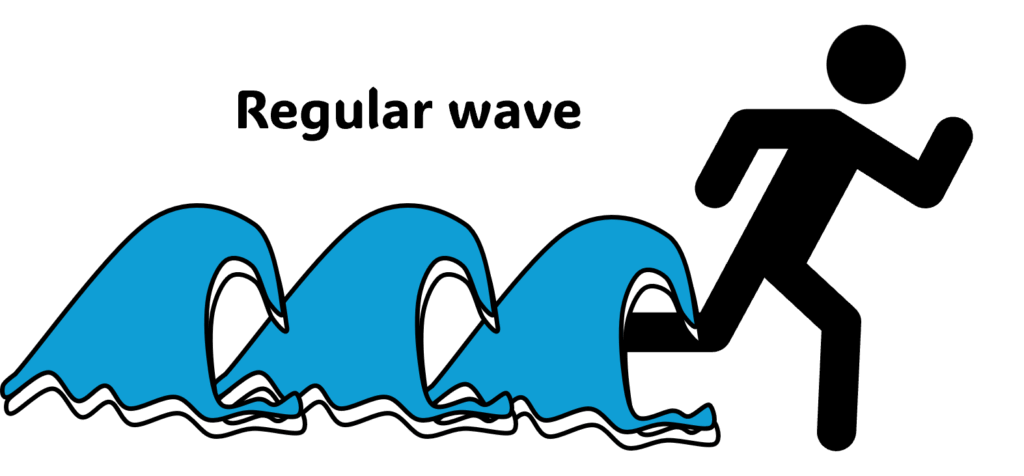
Tsunamis, on the other hand, involve the movement of the entire water column—from the seafloor to the surface—usually triggered by undersea earthquakes or volcanic eruptions.
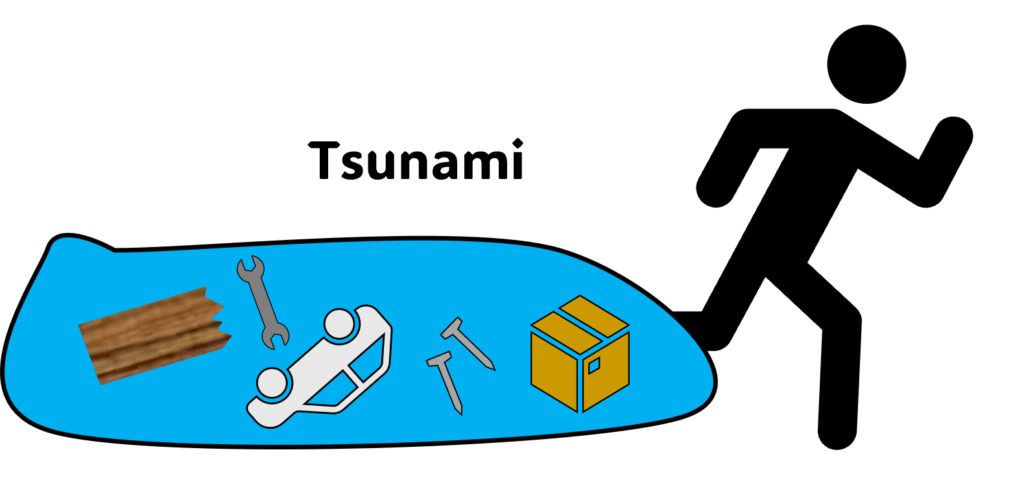
“Imagine an enormous mass of water surging in from the ocean depths all at once. That’s what makes a tsunami so powerful and dangerous.”
2. Tsunami Speed: As Fast as a Jet Plane
Tsunamis can travel incredibly fast. In waters 5,000 meters deep, a tsunami can reach speeds of up to 800 km/h (500 mph)—about the speed of a commercial jet!
As a tsunami approaches the coast and the ocean gets shallower, it slows down—but the water behind it continues to push forward with immense energy. This causes the wave height to increase dramatically, resulting in a massive surge of water crashing onto land.
Examples of tsunami speeds by water depth:
- At 10 m depth: approx. 36 km/h (22 mph)
- At 100 m: approx. 110 km/h (68 mph)
- At 500 m: approx. 250 km/h (155 mph)
- At 5,000 m: approx. 800 km/h (500 mph)
“Even near the coast, a tsunami moves faster than a person can run. That’s why evacuating immediately after a strong earthquake is crucial.”
3. How Soon Do Tsunamis Arrive After an Earthquake?
The time it takes for a tsunami to reach the shore depends on how far the epicenter is from the coast.
During the Great East Japan Earthquake in 2011, the epicenter was located offshore. It took about 20 to 25 minutes for the tsunami to reach coastal areas.
However, in some scenarios where the earthquake occurs very close to the coast, a tsunami could arrive in as little as 2 minutes.
“If you feel a strong earthquake near the sea, don’t wait for an official alert—head to higher ground immediately.”
4. Why Even a 30 cm Tsunami Can Be Deadly
You might think that a 1-meter-high wave isn’t dangerous—but in the case of a tsunami, even much smaller waves can be life-threatening.
Here’s a guide to what kind of destruction tsunamis of different heights can cause:
| Tsunami Height | Estimated Impact |
|---|---|
| 0.3 m (1 ft) | People can no longer move—evacuation becomes impossible. |
| 0.5 m (1.6 ft) | A person can be swept away. |
| 0.7 m (2.3 ft) | Coastal roads begin to flood. |
| 1 m (3.3 ft) | Most people will not survive. Cars are swept away. |
| 2 m (6.6 ft) | Half of all wooden houses are destroyed. Around 20% of buildings are washed away. |
| 3 m (9.8 ft) | Most wooden houses are completely destroyed. |
| 5 m (16.4 ft) | Two-story buildings are submerged up to the second floor. Reinforced concrete buildings begin to approach their structural limits. Casualties rise sharply. |
| 6 m (19.7 ft) | Around 80% of buildings are washed away. |
| 10 m (32.8 ft) | Three-story buildings are completely submerged. |
| 20 m (65.6 ft) | Even reinforced concrete buildings are entirely destroyed. |

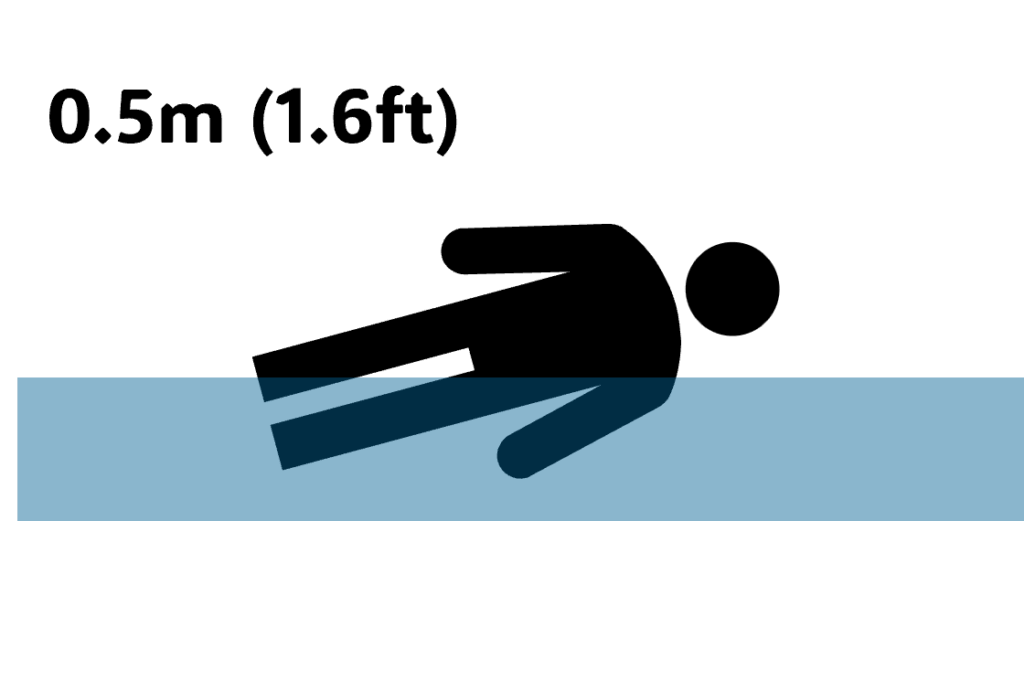
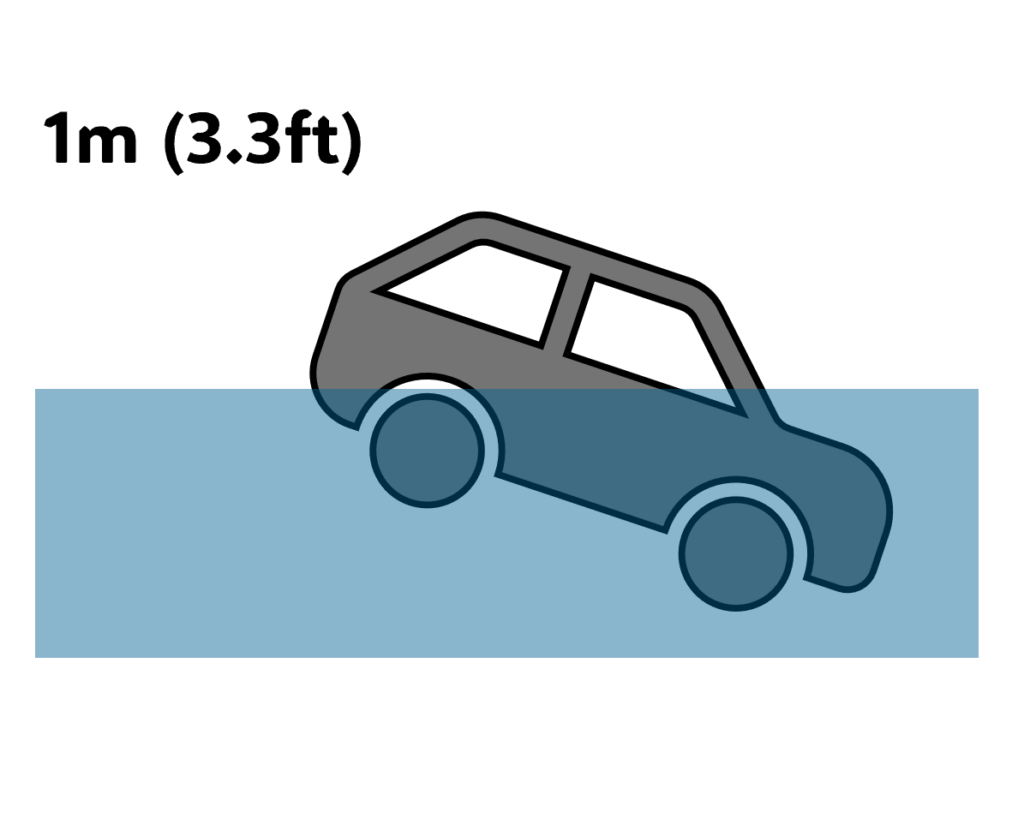
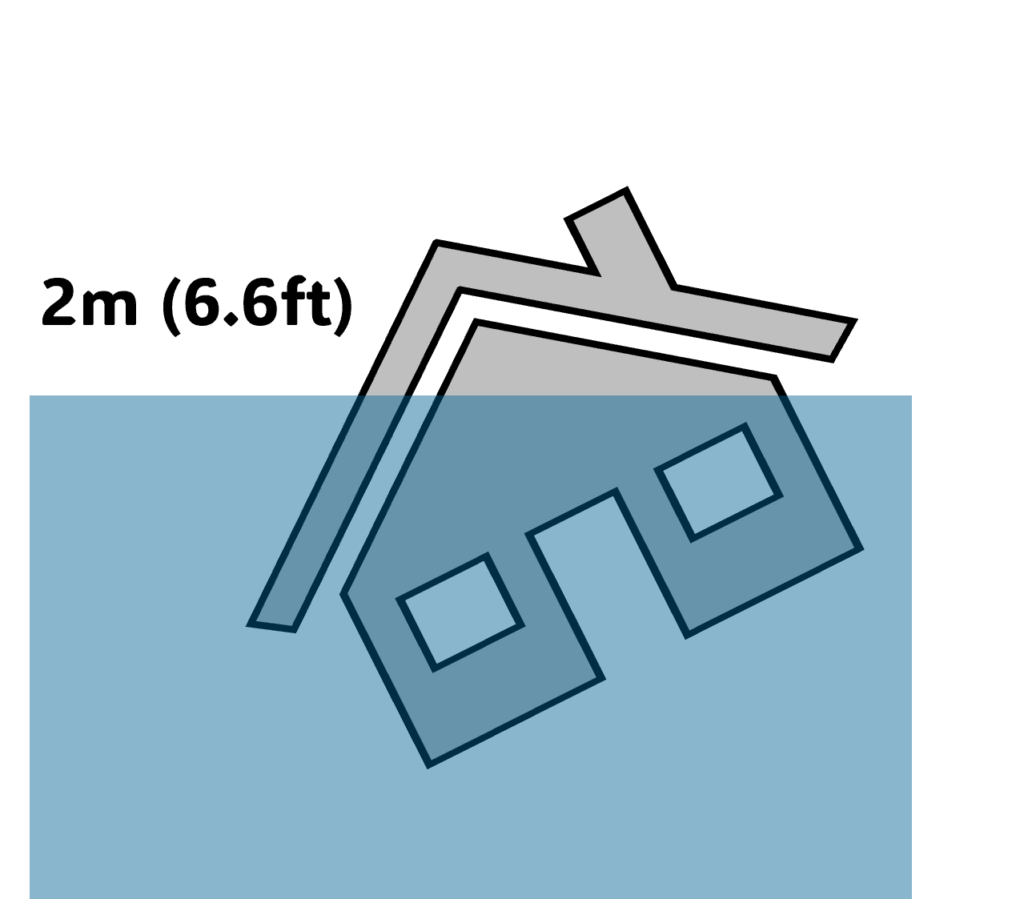
“As you can see, even 30 centimeters of water can prevent escape, and from just 1 meter, survival becomes unlikely. The greater the height, the more catastrophic the damage.”
Real Footage: The 2011 Tsunami in Ōfunato City
Below is a video showing the devastating impact of the tsunami that struck Ōfunato City during the Great East Japan Earthquake in 2011.
It captures the moment the tsunami inundates the urban area.
⚠️ Viewer Discretion Advised
This video contains real footage of a natural disaster. It may be distressing to some viewers. Please watch with caution.
Stay Alert, Stay Alive
Understanding the true threat of tsunamis is essential when visiting Japan. If you’re in a coastal area and experience a strong or long-lasting earthquake, evacuate immediately to higher ground—don’t wait.
Knowing the science behind tsunamis could save your life.
Alcoholic beverage Anime April Architecture August Autumn Building Capital Area Cherry blossom February Flower Hokkaido January Japanese food July Kinki kyoto Local ramen Manga March Nagoya Nature Nightlife Night view October Osaka Photogenic Pink Red September Shopping Shrine Souvenir Spring Station Summer Superb view Temple Tips Tohoku Tokai Tokyo Torii White Winter


